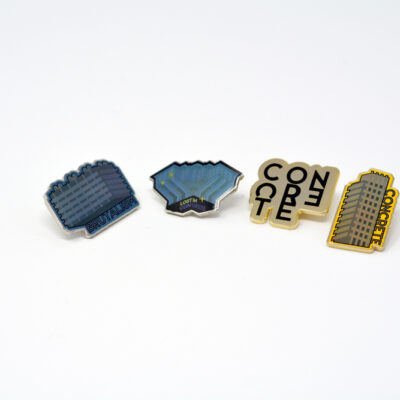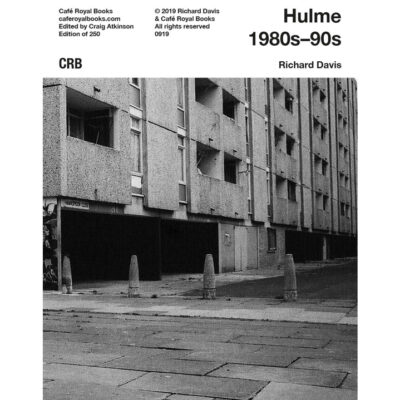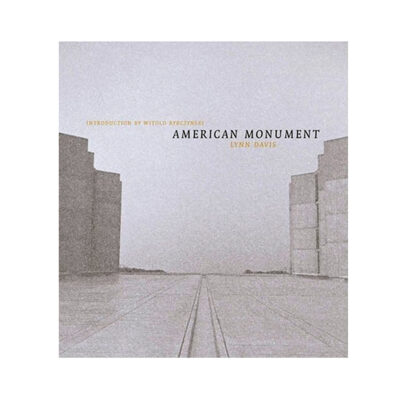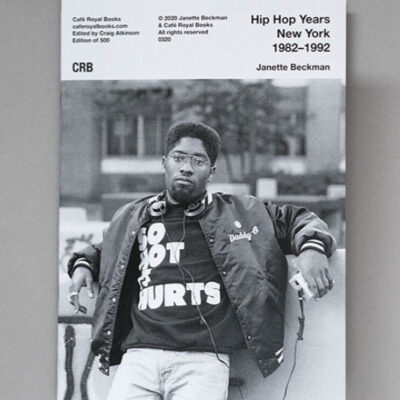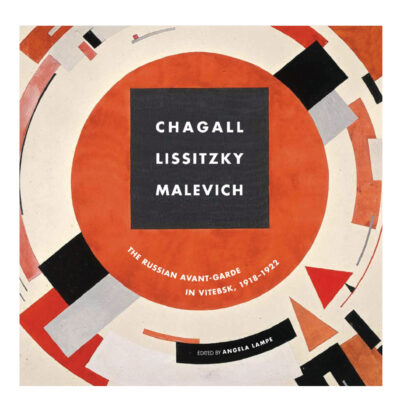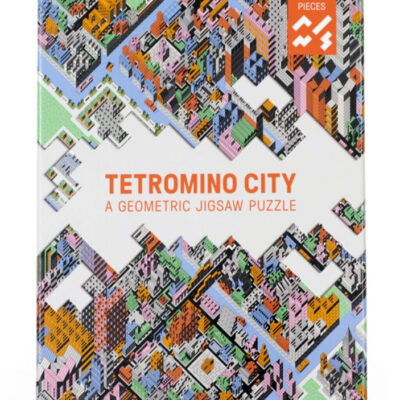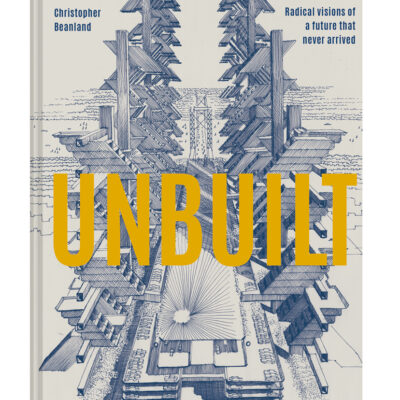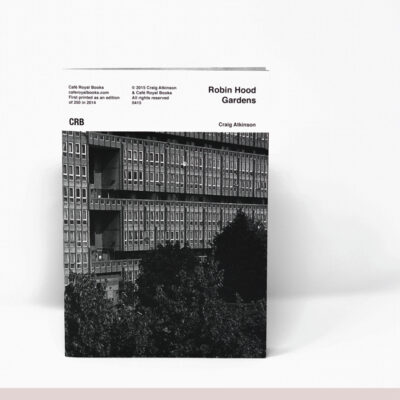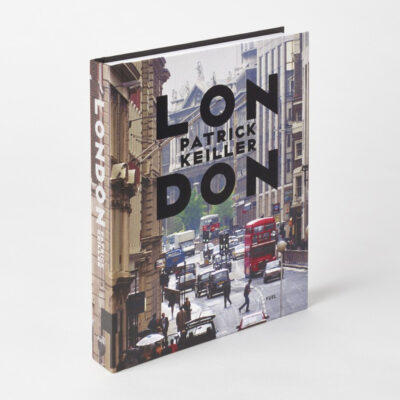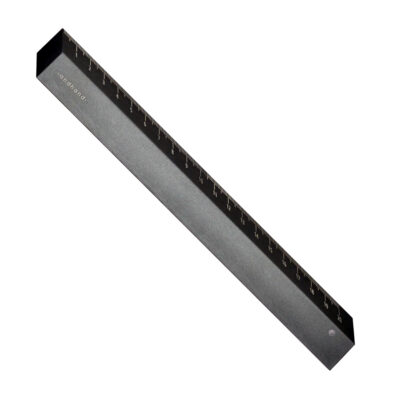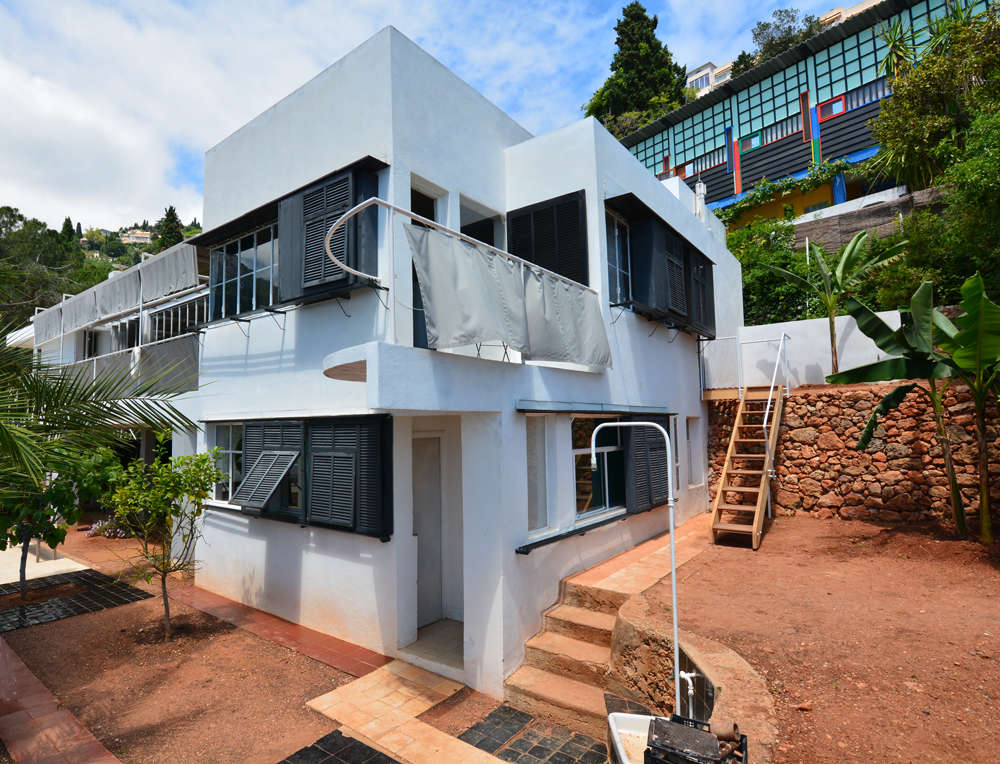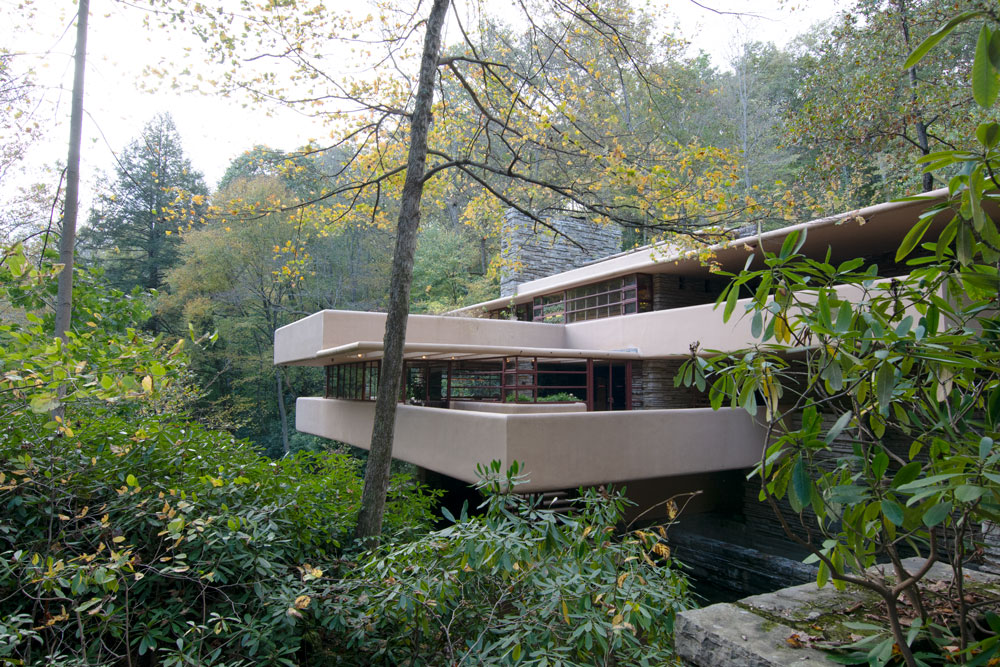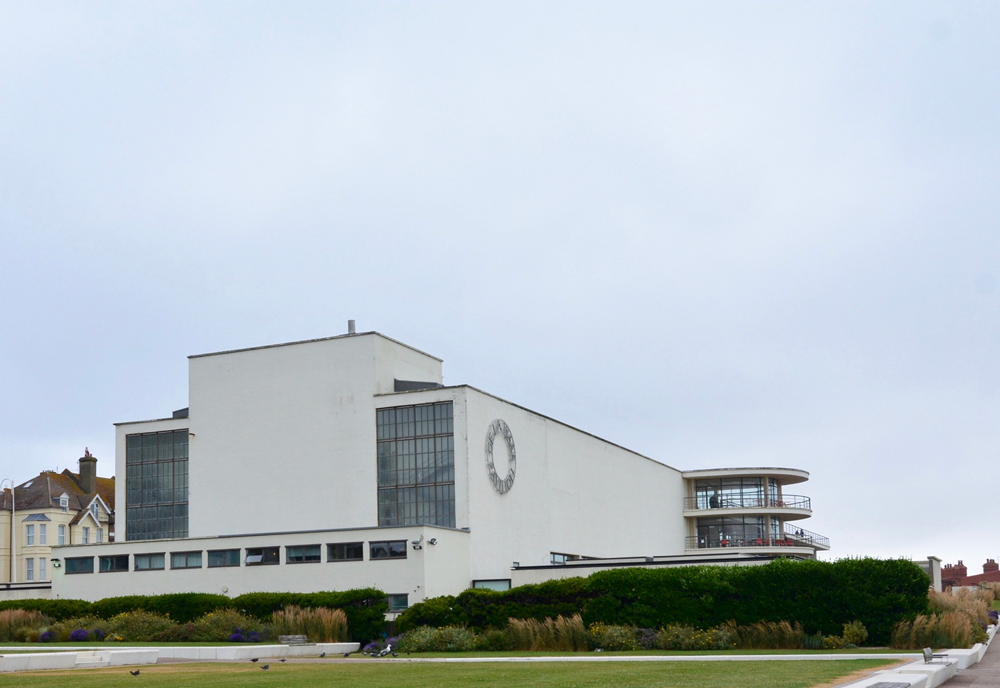
Lucjan Korngold
Lucjan Korngold,(1897-1963) was born in Warsaw, fought in WW1 and upon returning to Warsaw studied at the Warsaw University of Technology, Faculty of Architecture, graduating in 1923.
His architectural studio opened in 1930 and one of his first commissions was the Warsaw headquarters of the Polonia Insurance Company in collaboration with Henryk Blum. Korngold was a respected successful young modernist architect in a burgeoning environment with clients interested in commissioning memorable modernist family homes and offices. Korngold’s vision extended to interior design in the completion of his projects. Amongst his renowned buildings was a villa on Chocimska Street, Warsaw which sadly did not survive it’s 1960s reconstruction but is worthy of noting nevertheless, the Robinson’s Tenement House at Koszykowa 10 and the modernist villa designed as a home for the Rotstein family at no 6 Kryniczna Street in Warsaw.
Prolific, creative, avant-garde, he designed more than fifty buildings and seven in the wealthy Warsaw neighbourhood of Saska Kępa (a large number survived WW2). Working with Hungarian born architect Henryk Blum, they created a housing project which won an award in the 1933 Triennale di Milano.
In the mid-1930s, the Rubinsky residence was built in Tel Aviv, it was built by Warsaw architecture graduates and is often attributed to Korngold or Goldman and Mitelman. The house is important as it is one of the first examples of the implementation of Corbusier principals in Tel Aviv.
Korngold’s international presence went from strength to strength when he presented at the 1937 Exposition Internationale des Arts et Techniques dans la Vie Moderne in Paris
Korngold, who was Jewish, was suddenly forced to flee Poland in December 1939 with his wife Eugenia and child as the Nazis entered the country leaving behind his hard worked for practice. The family were finally able to settle in Brazil. For Korngold this proved a perfect match for his interests, but one should remember he likely would have limited opportunities to find refuge elsewhere as so many countries had closed their doors to refugees. In Brazil, he found a country that had embraced modernism.
Lucjan and Eugenia lived in São Paulo with the architect’s first job in 1940 as an employee in the local architectural practice of Francisco Matarazzo Neto with whom he remained until 1943. In 1944 he began collaborating with fellow emigree Francisco Beck, together they designed a series of office buildings which were well received.
In 1945 Lucjan’s designs were exhibited at the MoMA in New York.
In 1946 he founded Lucjan Korngold Engineering and Construction Technical Office in Brazil. In 1949 he became a Brazilian citizen by now he was working on both business and residential projects in both Säo Paulo and Rio de Janeiro. In 1950 he was commissioned to build the worlds highest reinforced concrete building, the 33 storey Edificio CBI – Esplanada.
He died in 1963 and is buried in São Paulo.
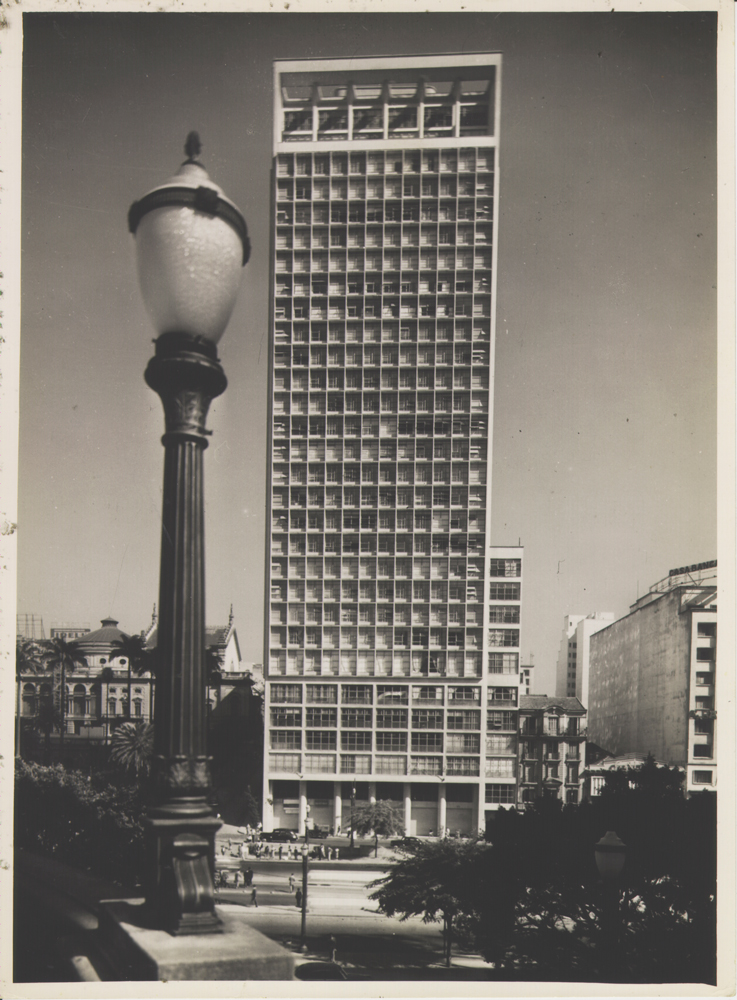
Edifício CBI São Paulo Image Werner Haberkorn Public domain / Museu Paulista (USP) Collection






